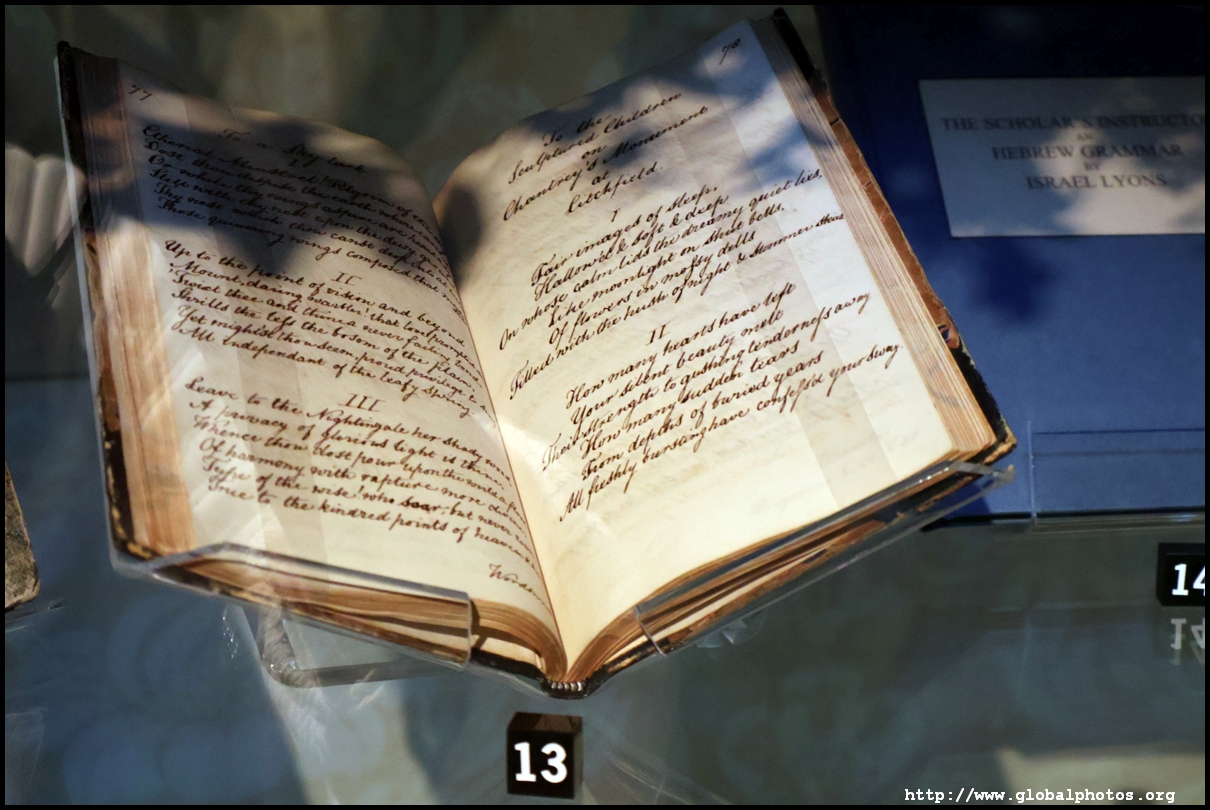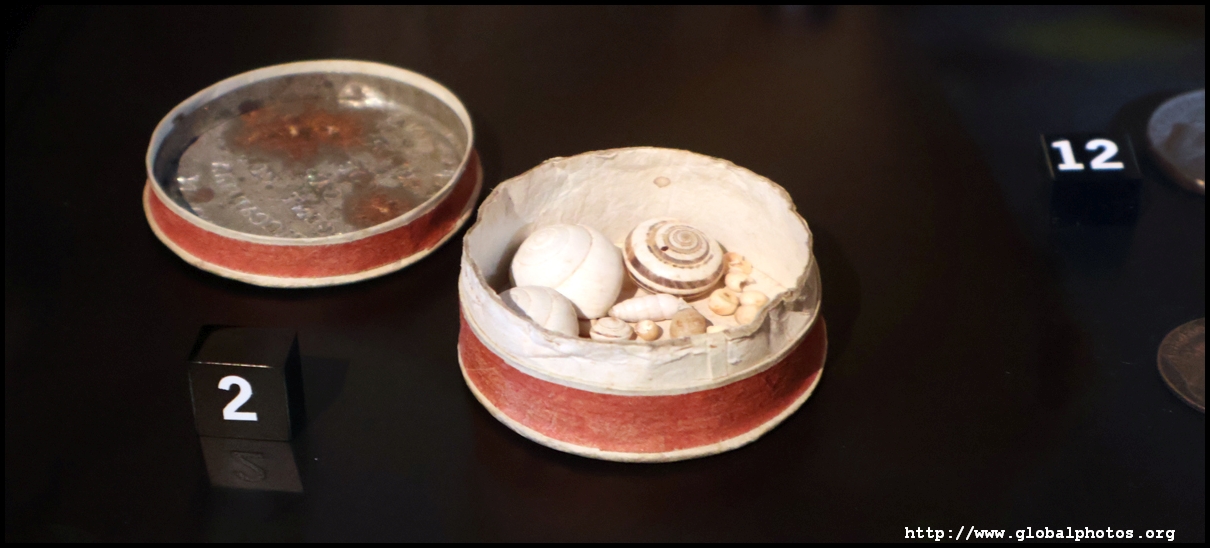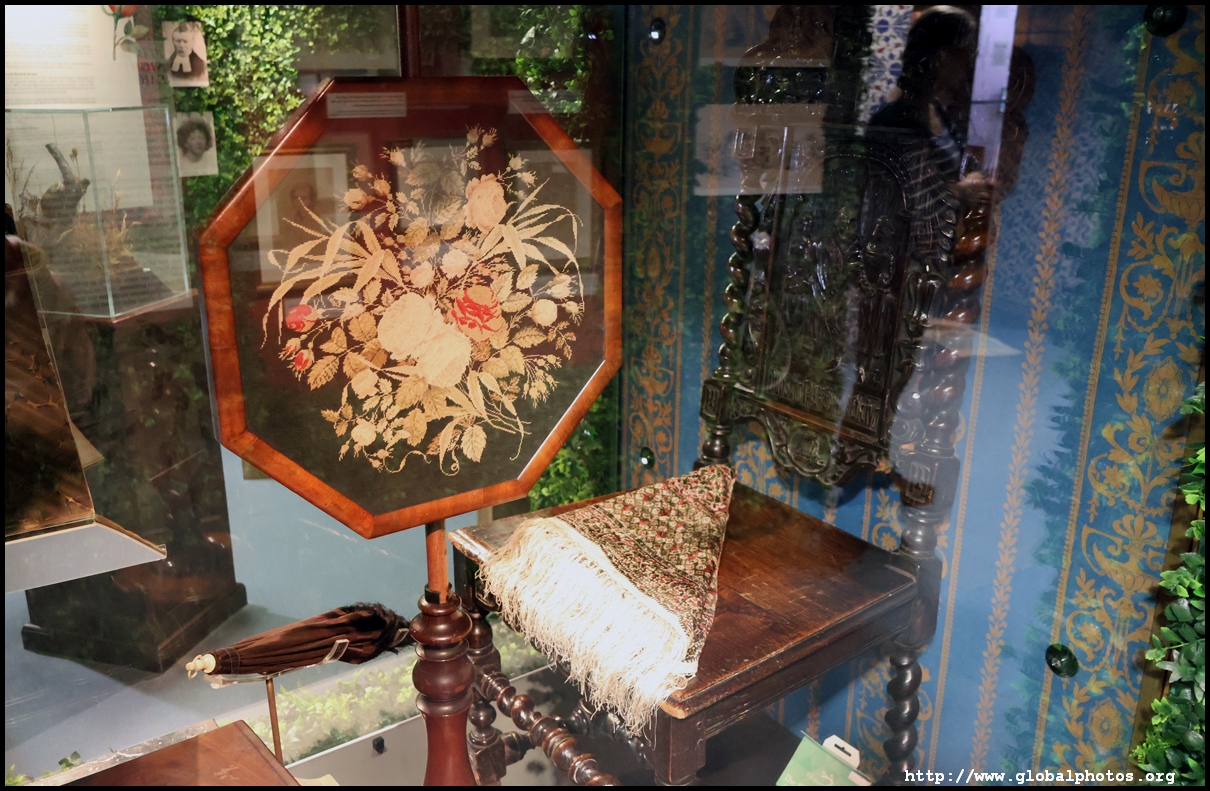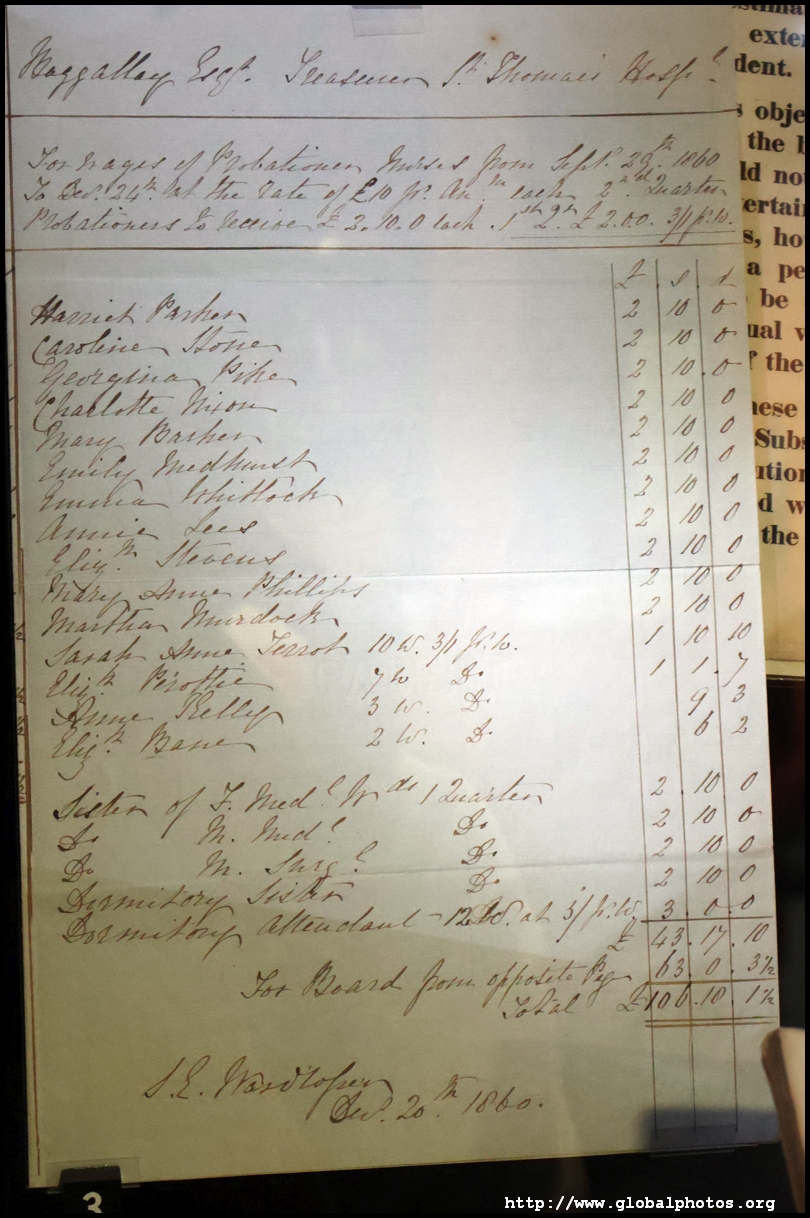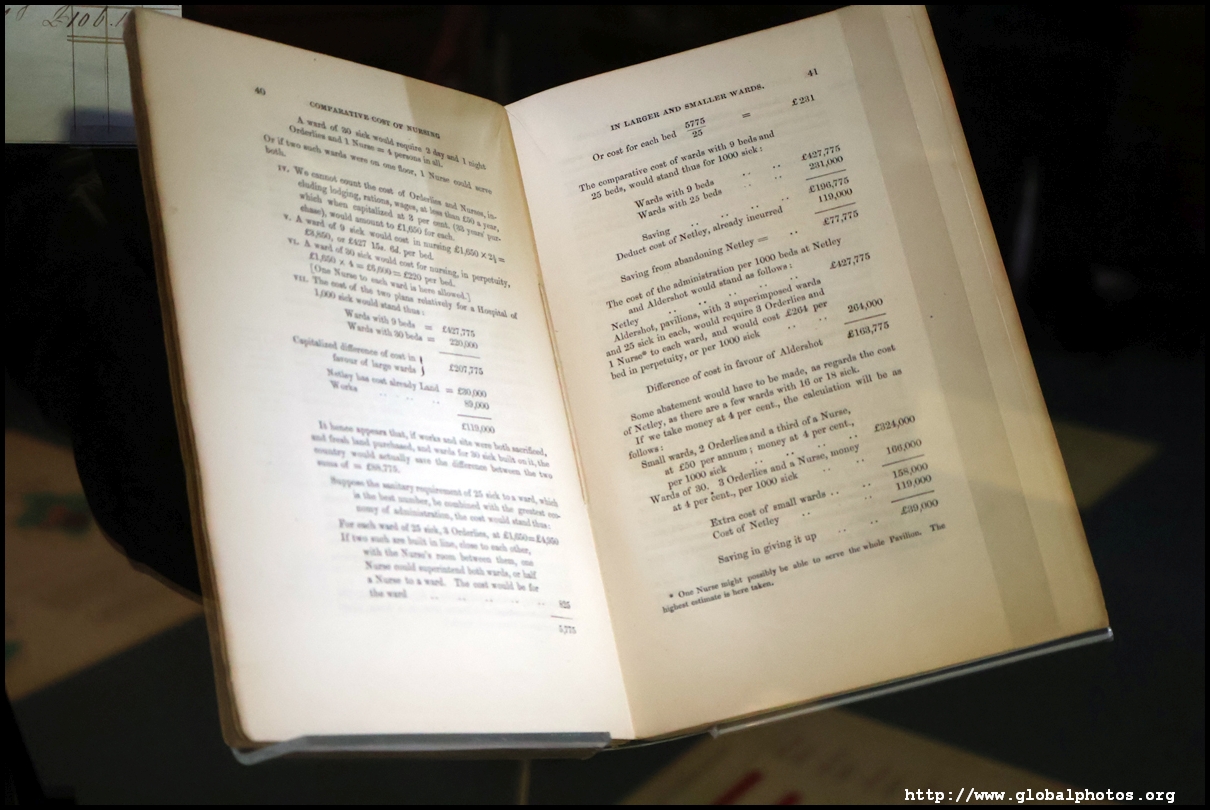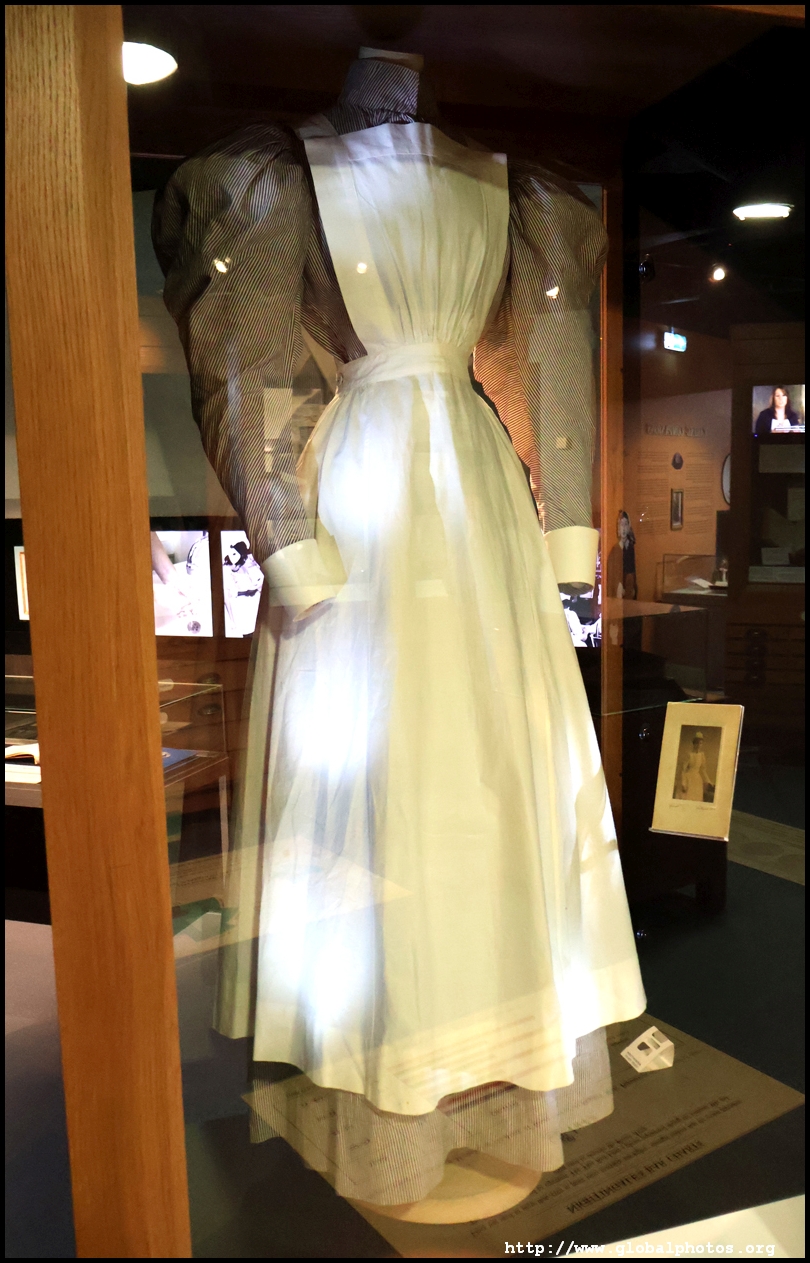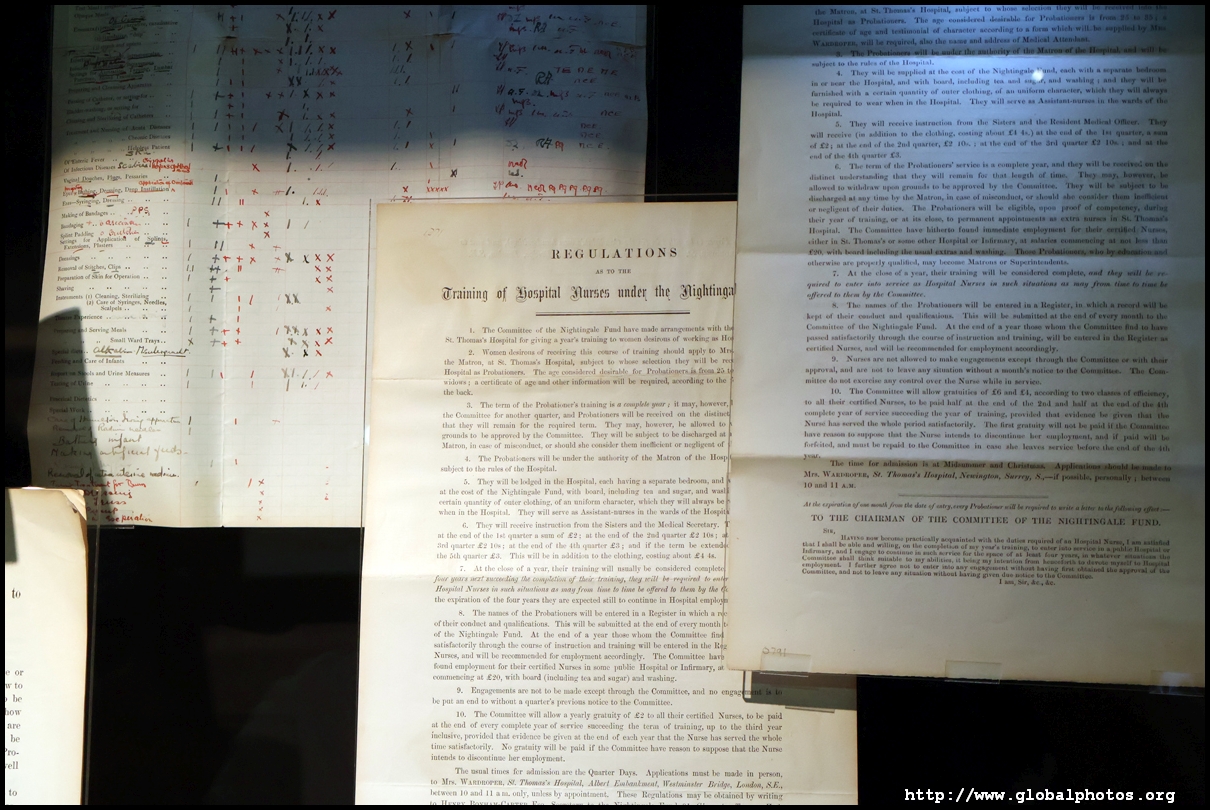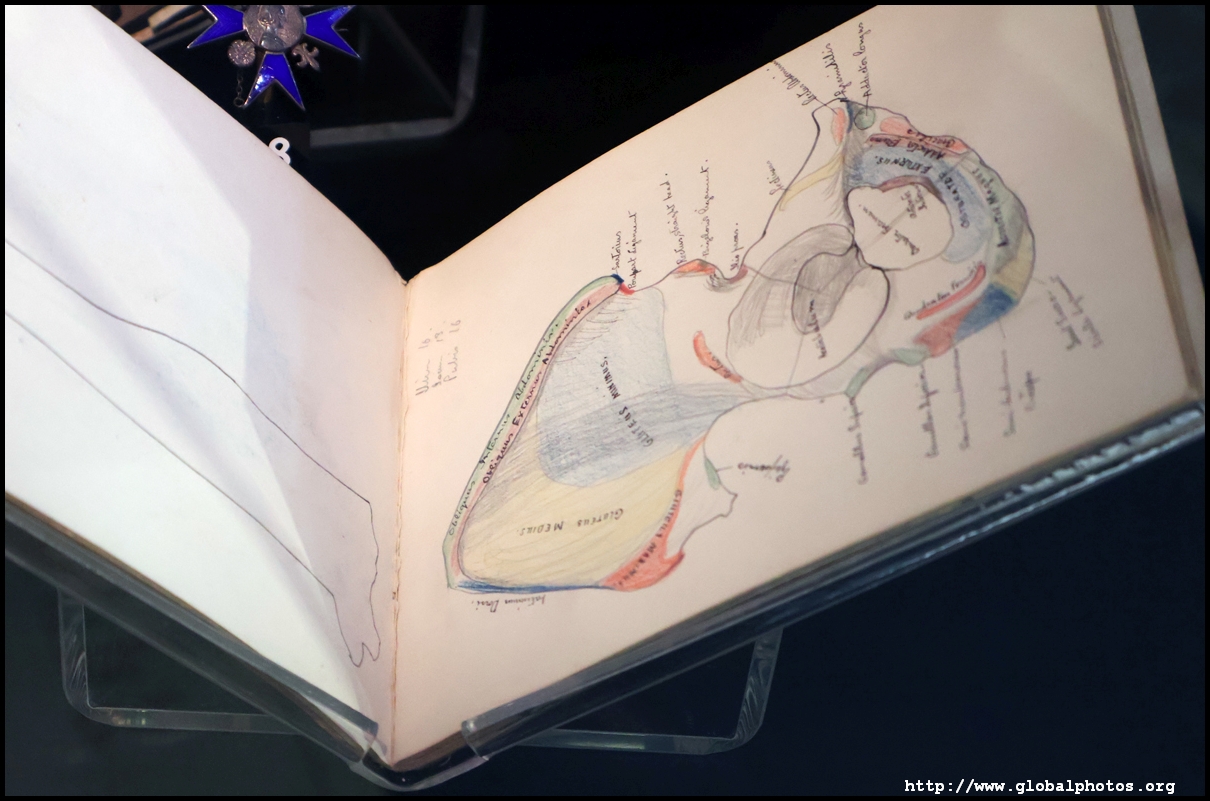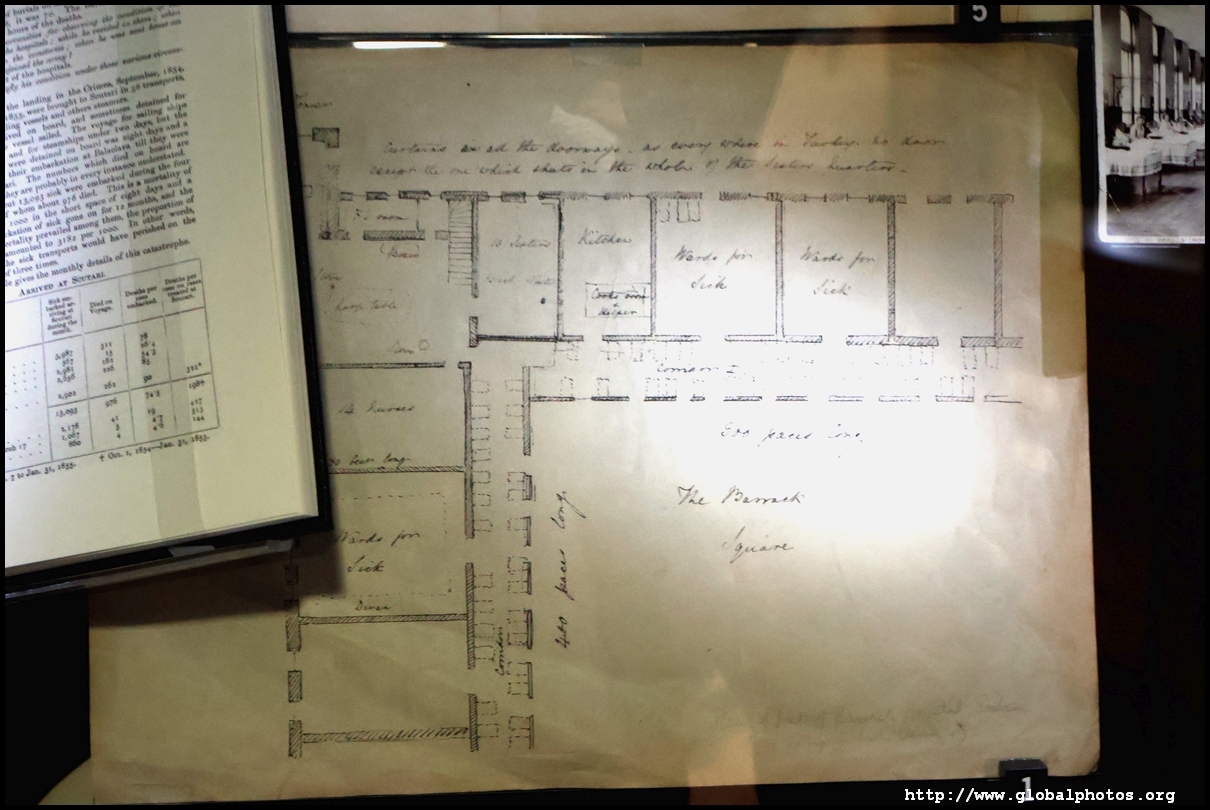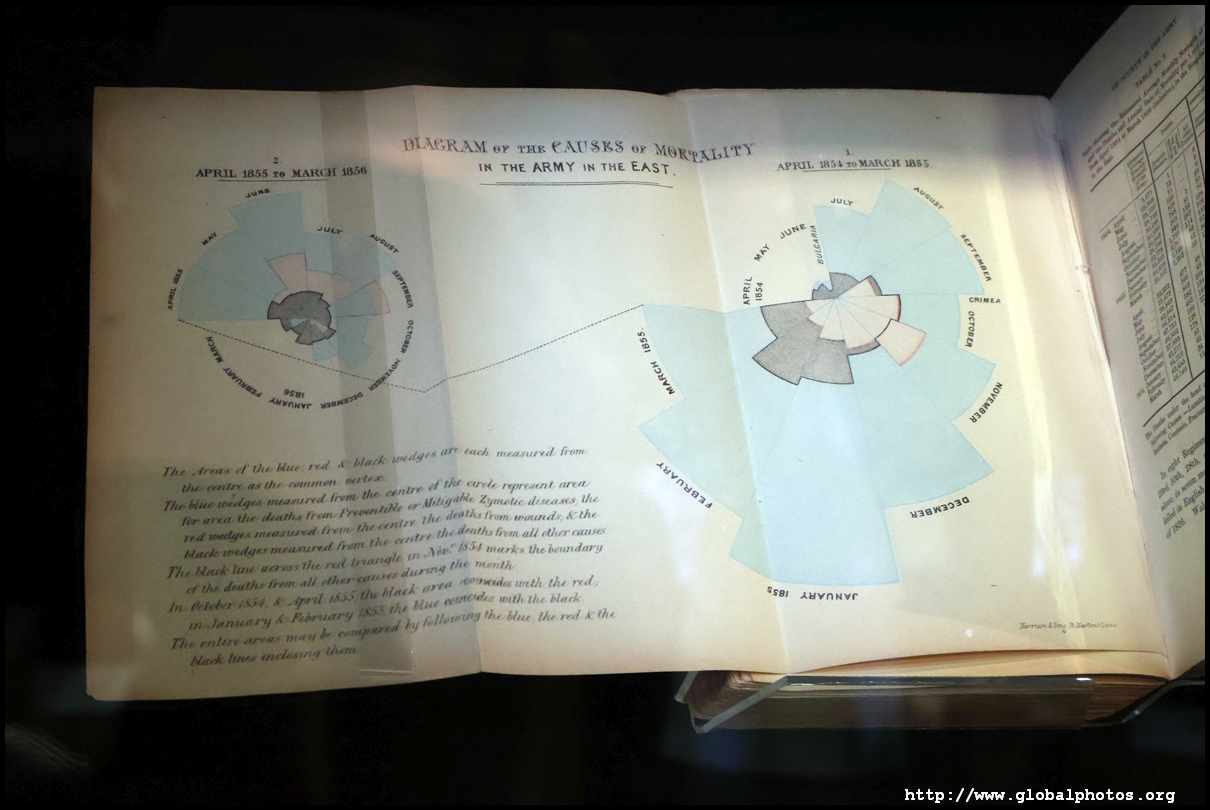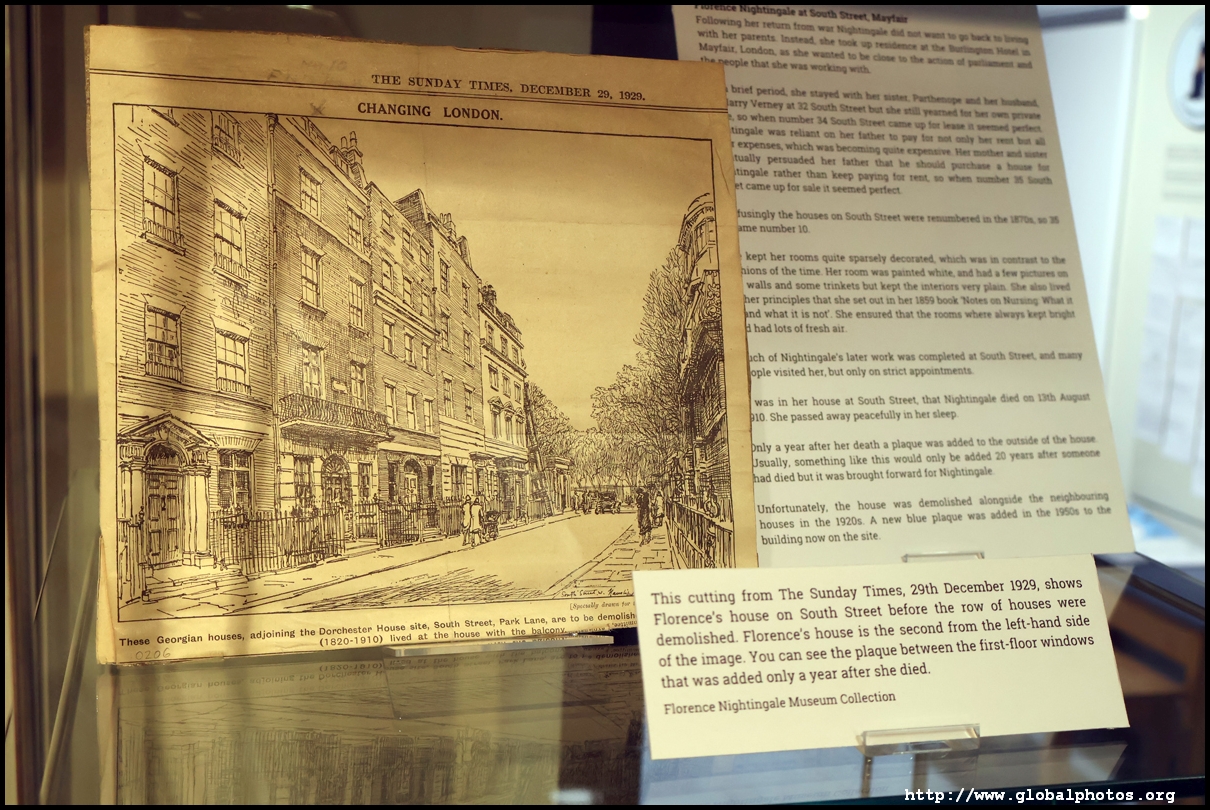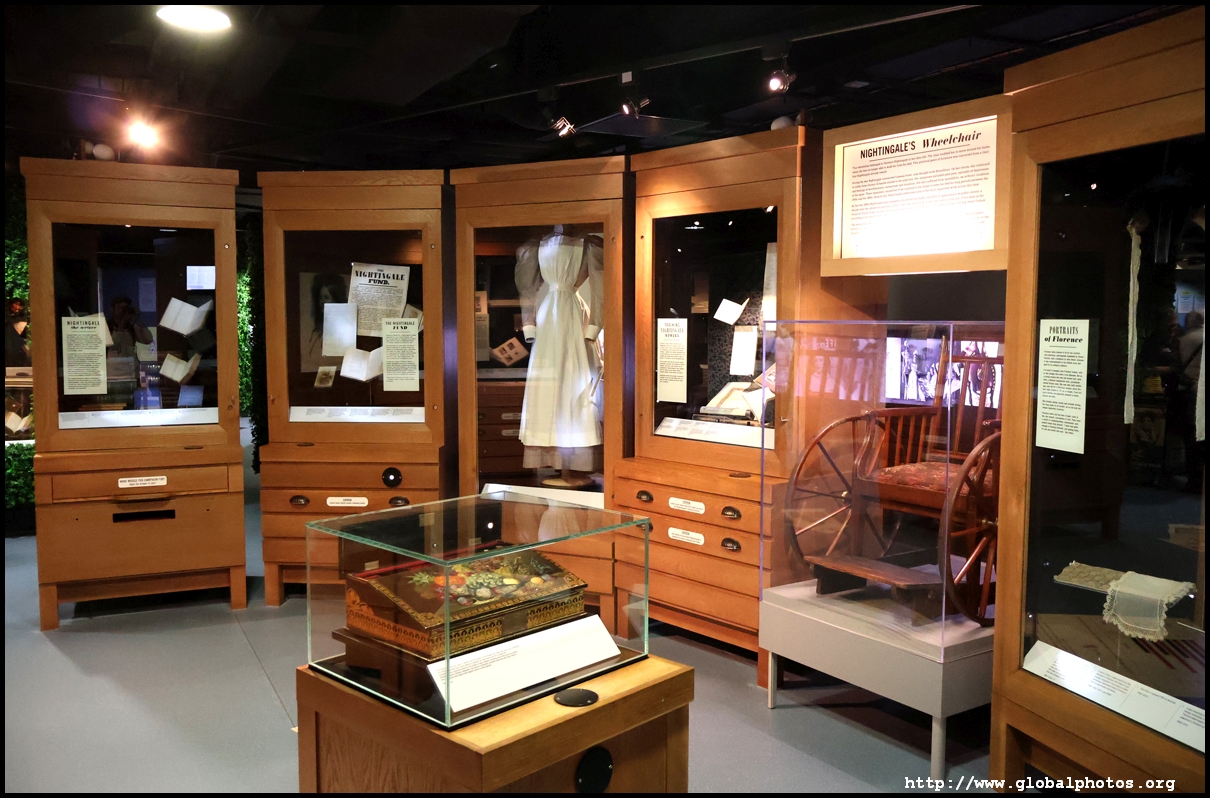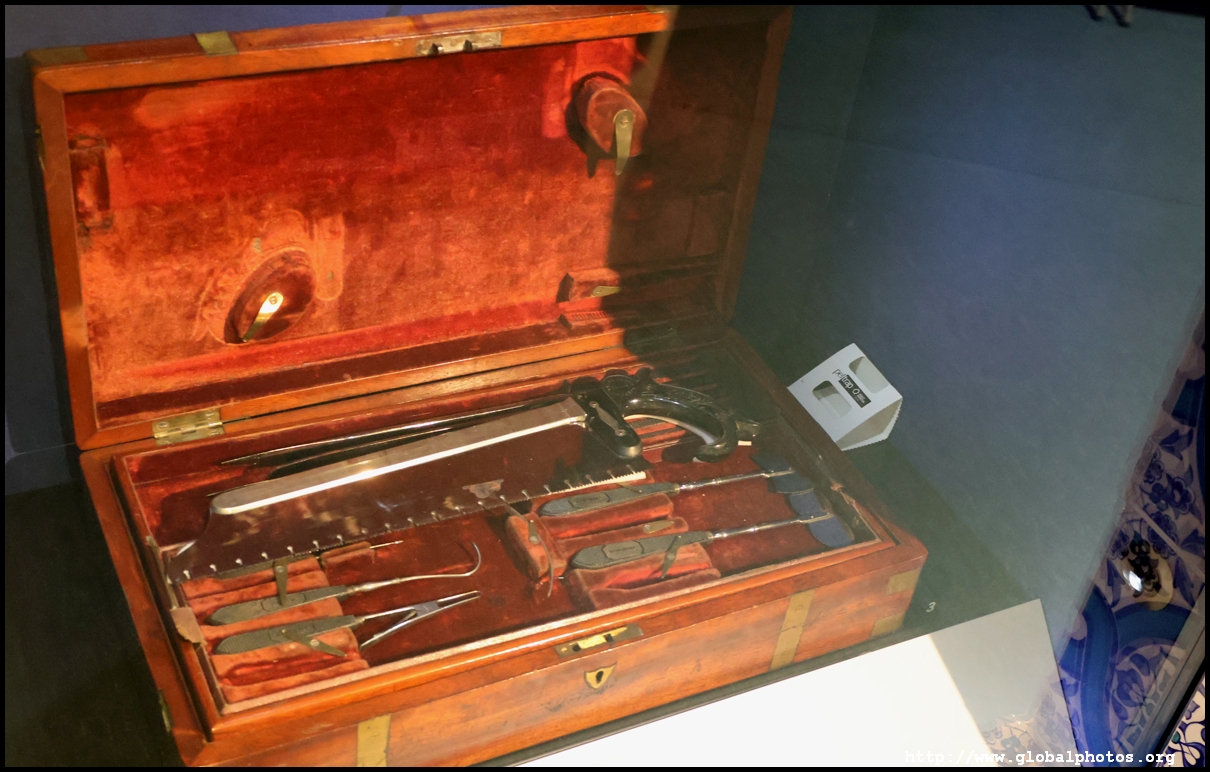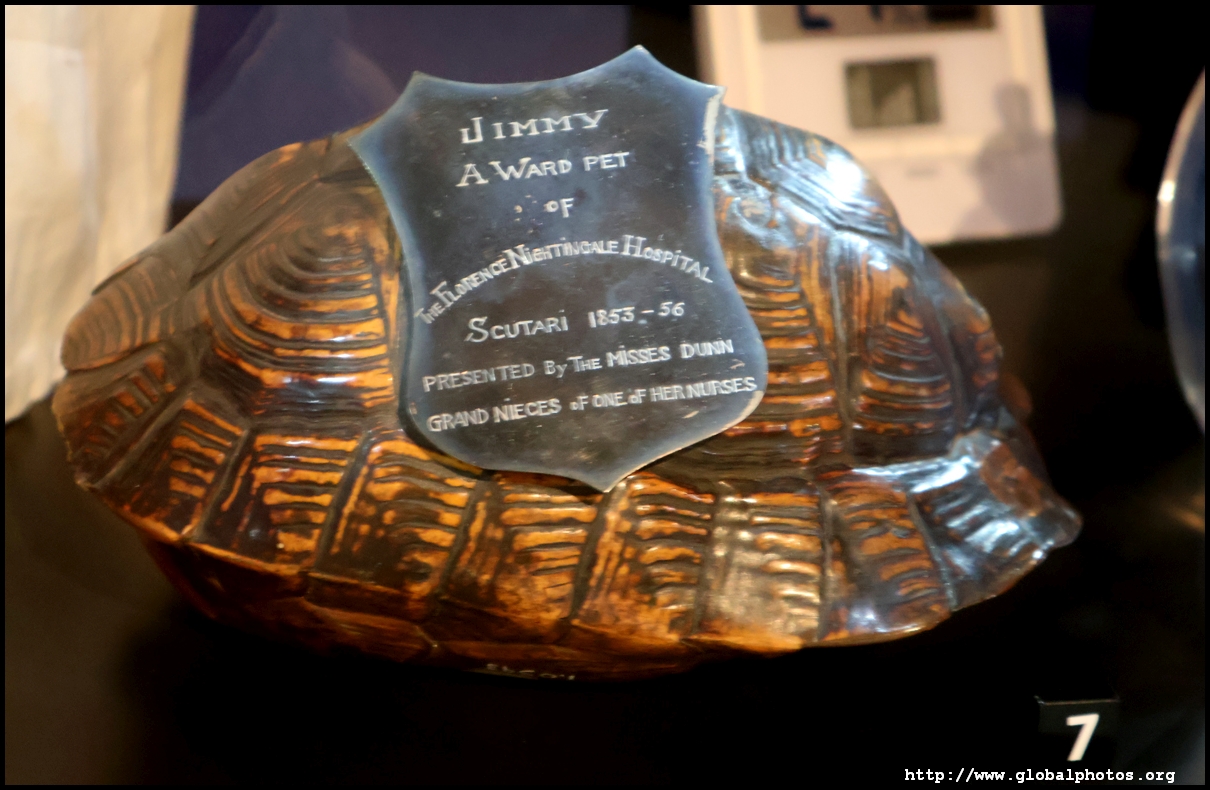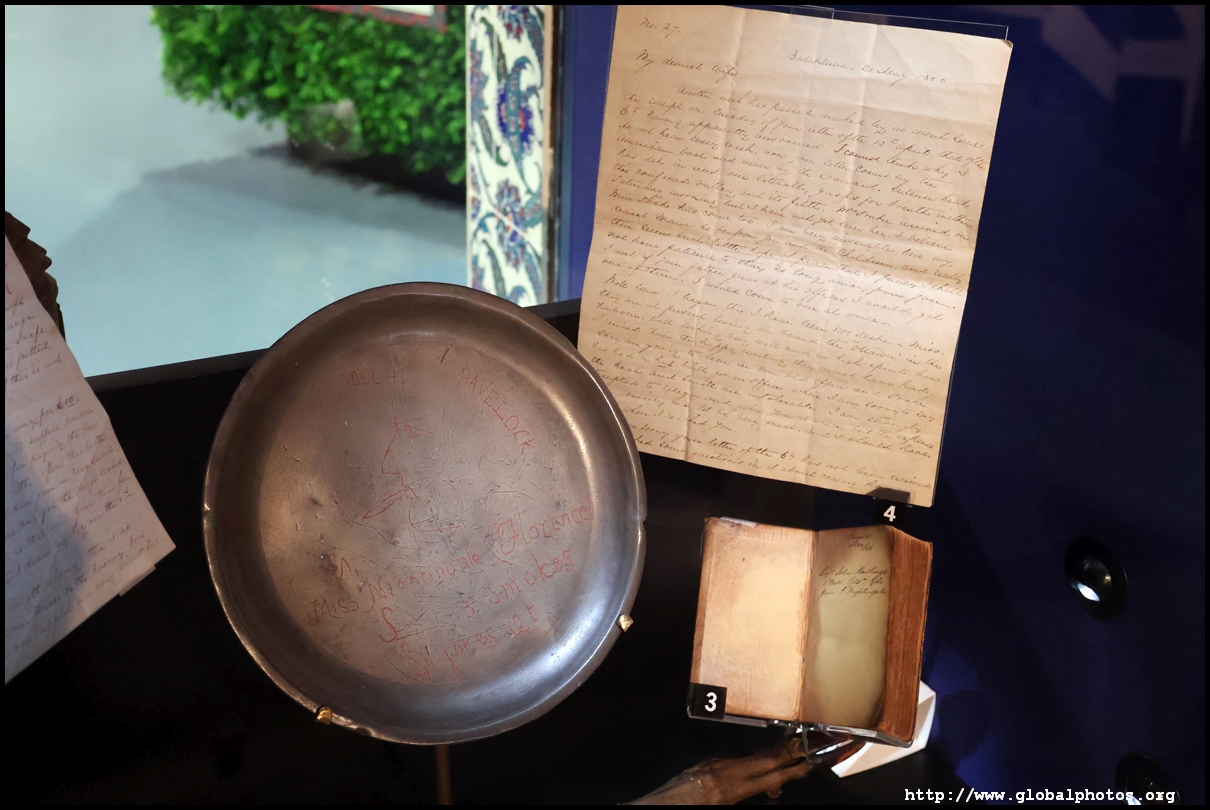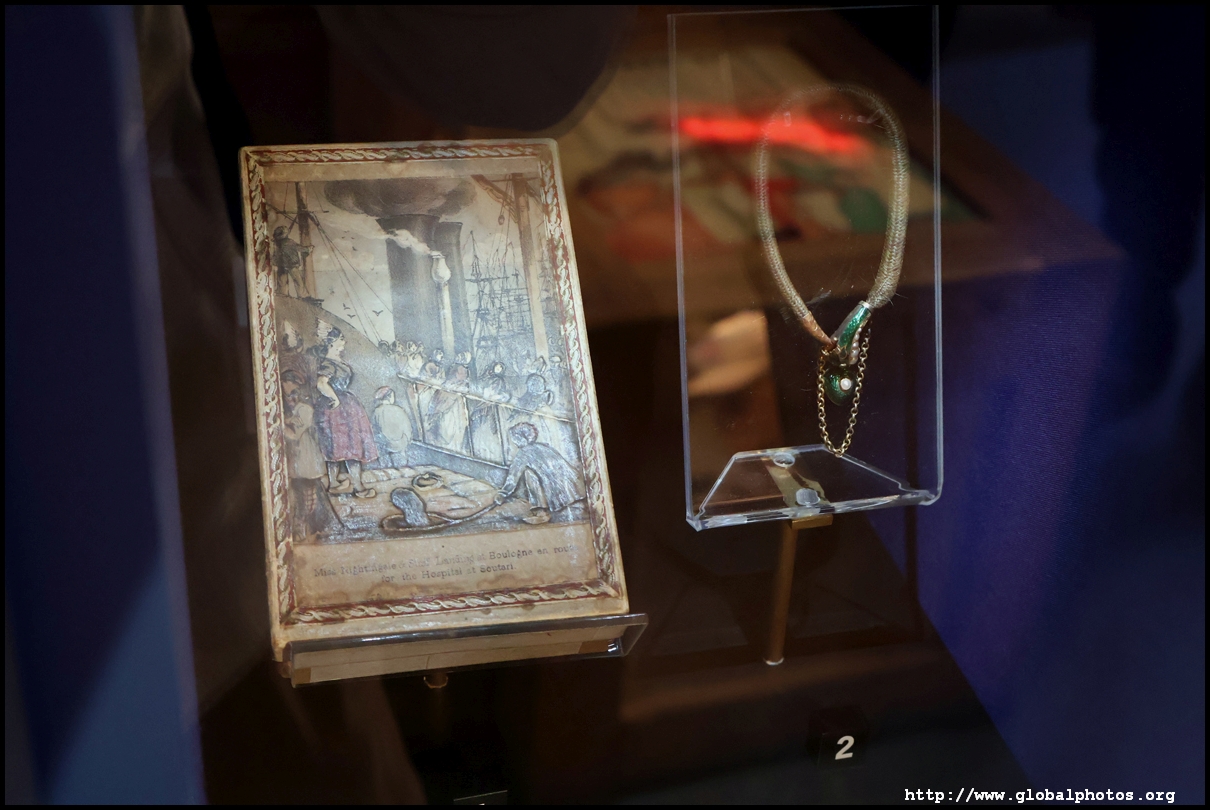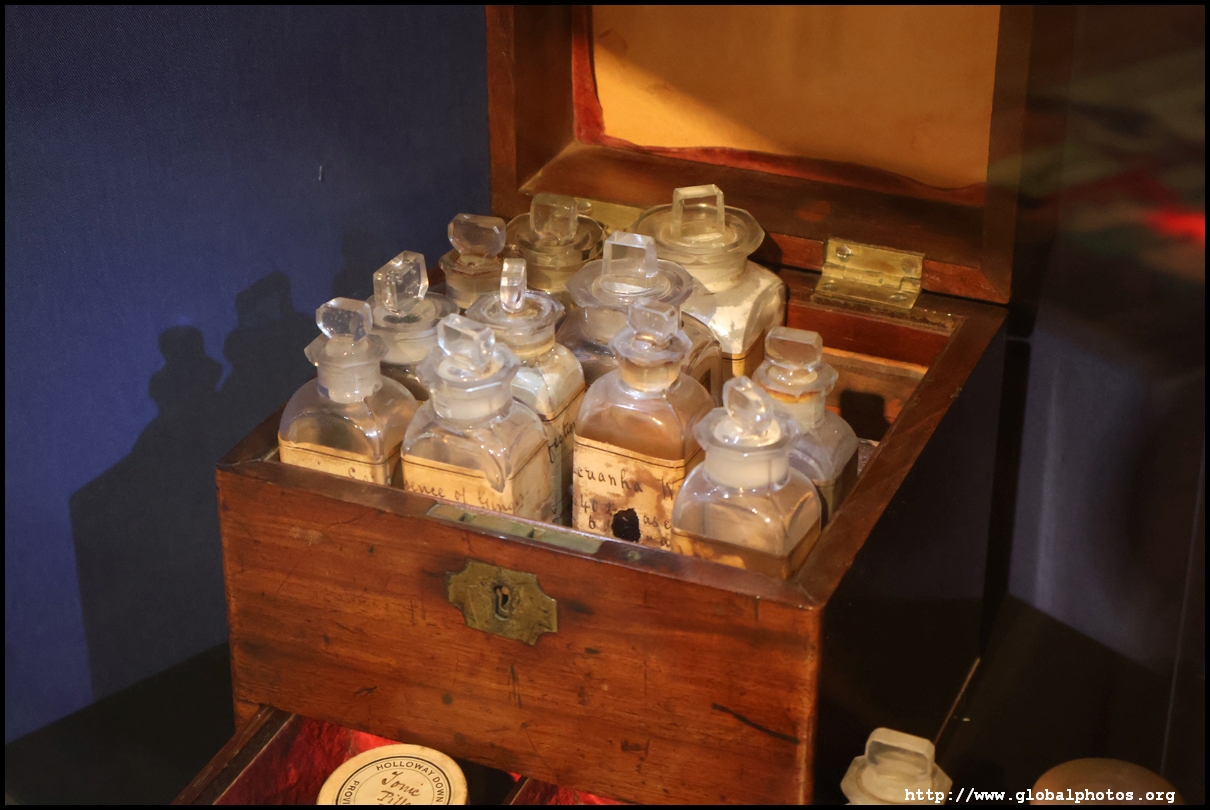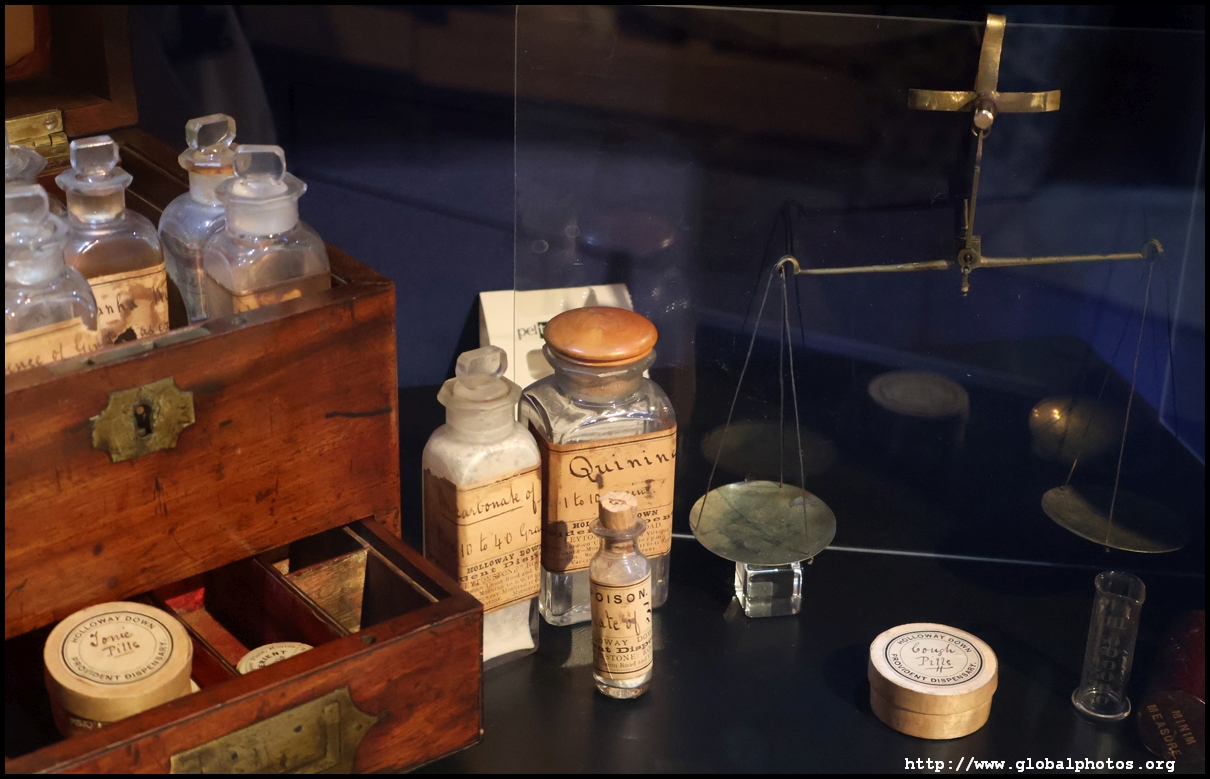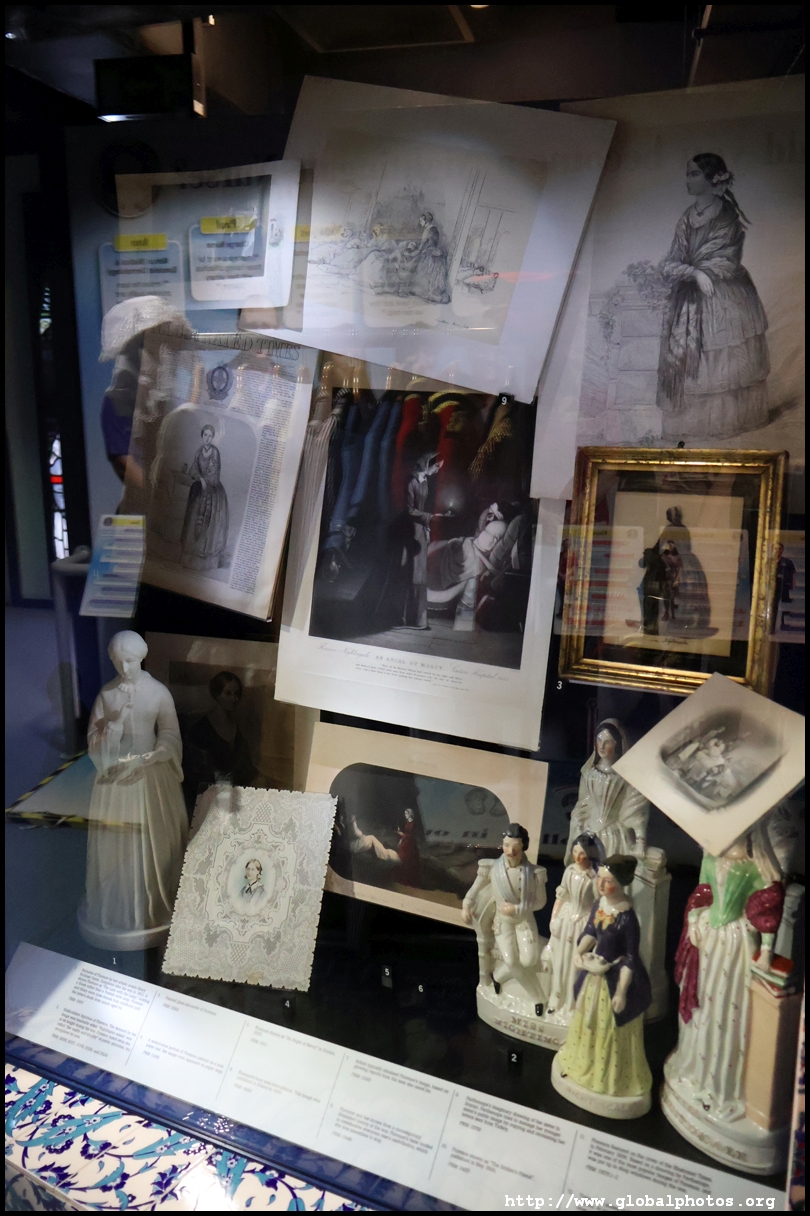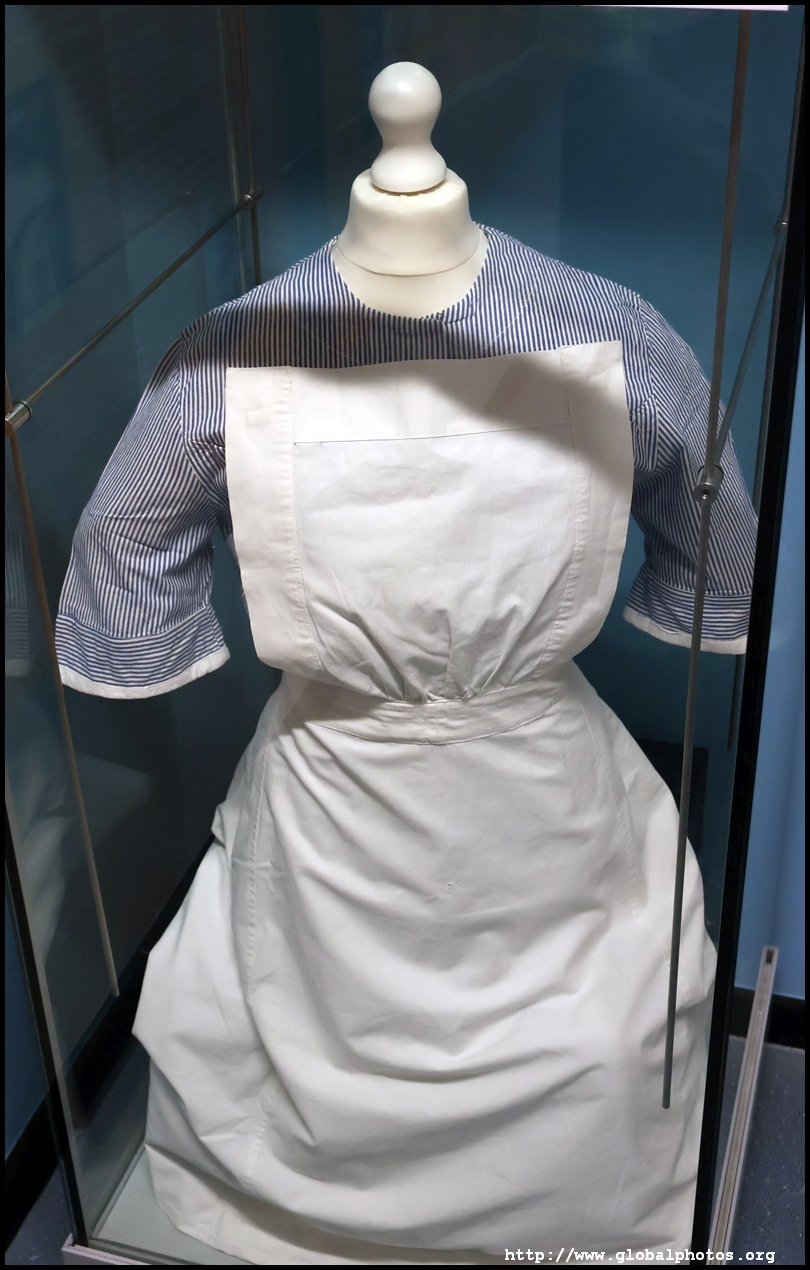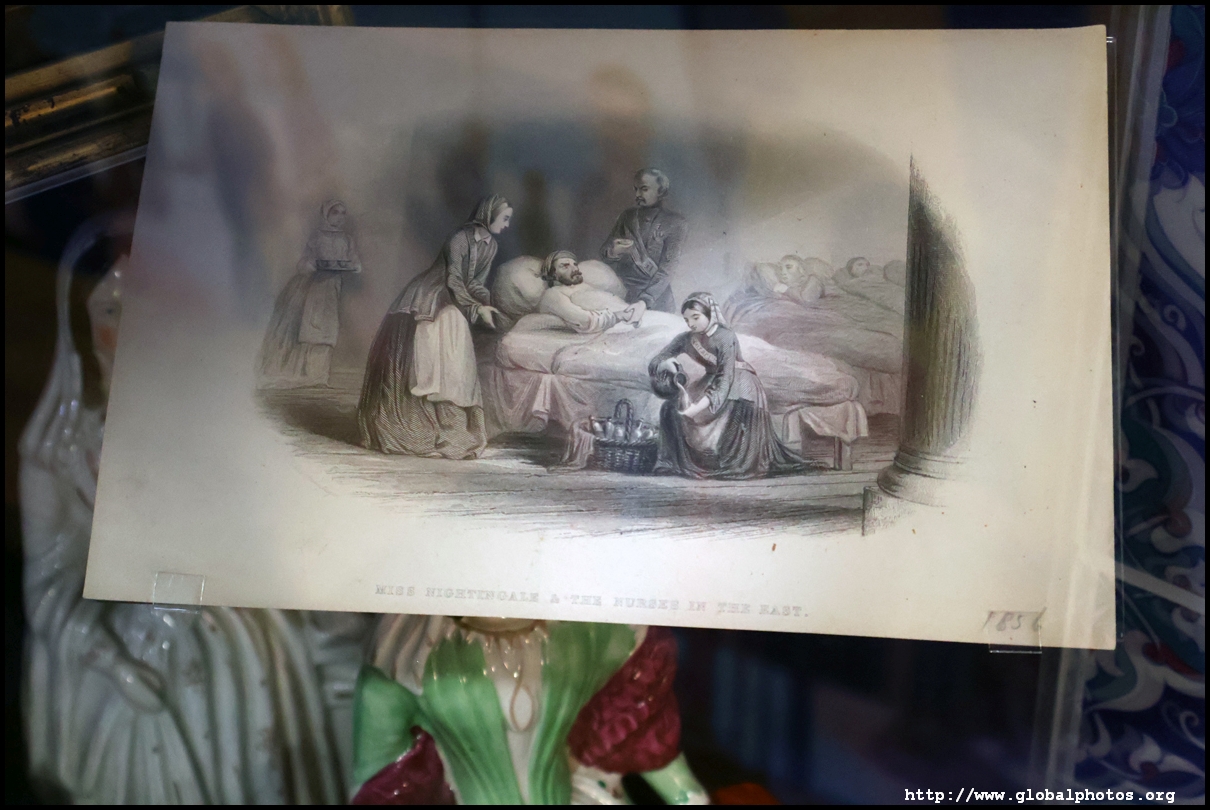London Photo Gallery - Florence Nightingale Museum
Florence Nightingale was a rebel of her time. She didn't want to marry, have kids, and stay in the house like women of her era. She wanted to care for the sick, and aspired to train to be a nurse when nursing had a bad reputation as a job for poor and old women. She wanted to uplift the profession's standards and reputation into a respectable one, establishing the first professional training school at St. Thomas' Hospital, where the museum resides today.During the Crimean War, a fund for training nurses was set up and over 44,000 pounds was raised, helping create the Nightingale School at St. Thomas' Hospital that opened in 1860. Thanks to National Lottery Week, admission was free for several days in March 2025. This is Florence's neat handwriting in a copy of poetry.
Florence's pet owl was rescued at the Acropolis and was named Athena.
Her medical casebook included notes on patient treatment and diet.
This was a Nightingale nurse uniform from the late 1890s.
This sketch book was used at the school to train nurses about basic anatomy in the 1910s.
Johns Hopkins University SChool of Nursing and the Hospital donated Florence's wheelchair to the museum. She used this in her later years after being converted from a chair that she had already owned. She fell ill during the Crimean war and continue to suffer from ill health after returning home, forcing her to be confined to bed for long periods from the 1850s-80s. Nevertheless, her health did not stop her from continuing her calling.
This was St. Thomas' Hospital when Queen Victoria opened it in 1871.
Florence was admitted into the Statistical Society of London in 1858 as the first female fellow.
Villagers from the area where she grew up in Derbyshire gifted this writing case to Florence to celebrate her return from the Crimean War.
Queen Victoria gave this gold and diamond brooch in 1855 to thank her work for the troops during the war.
Florence used statistics to display more British troops died of disease (blue) than in battle (red) during the Crimean War. She was a pioneer in this type of evidence-based health care.
Army doctors used new techniques to amputate limbs and began to use chloroform. Florence also added a screen so the operation is not visible to other soldiers should the patient die during surgery.
Hospitalized soldiers kept pets such as this tortoise. The main hospitals in Scutari had awful conditions which also affected the nurses' morale. Florence wanted the nurses to be treated with respect and also demanded obedience from her team. 11 nurses died from diseases and did not return home.
This medicine chest used in the Crimean War included items for upset stomachs and diarrhea, although many items in here are highly toxic.
Florence was believed to have carried this Turkish lantern in Scutari during her nightly ward patrols. She was given the name "the lady with the lamp" as the soldiers' guardian angel.
Training school probationers at St. Thomas wore this striped dress. While the designs changed throughout the years, the fabric and white apron base would stay.
Florence received many awards, including the Royal Red Cross in 1883 and the Order of Merit in 1907. She died in 1910 aged 90.
| |||
To re-use these photos, please notify me by email : asiaglobe@yahoo.com.hk.
